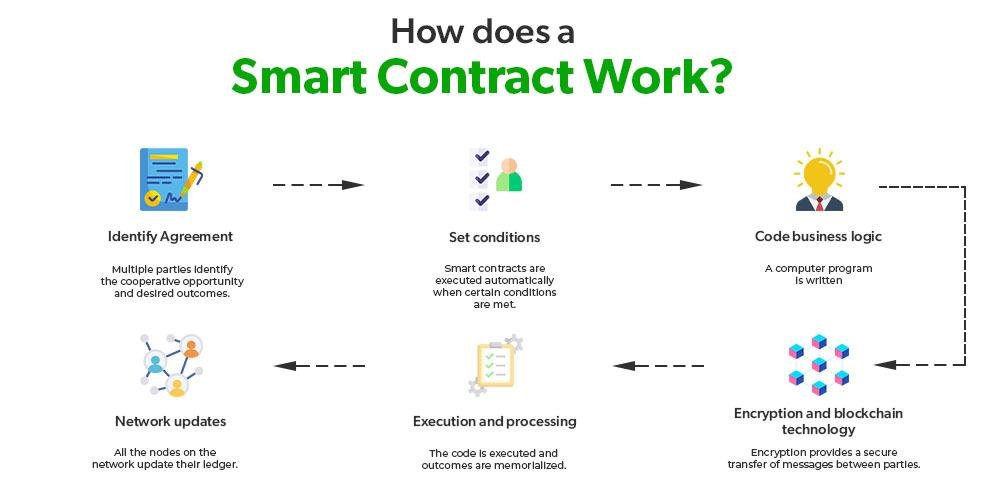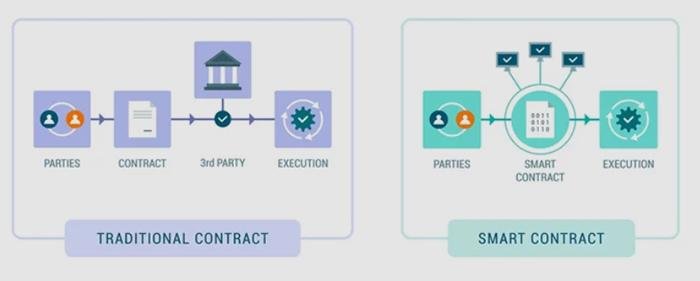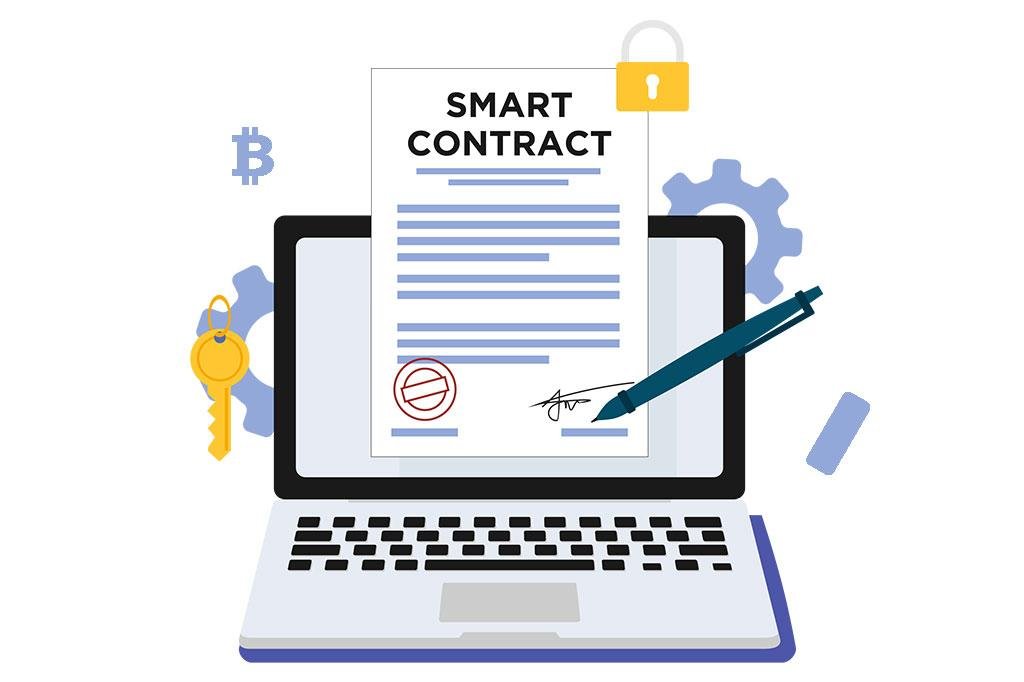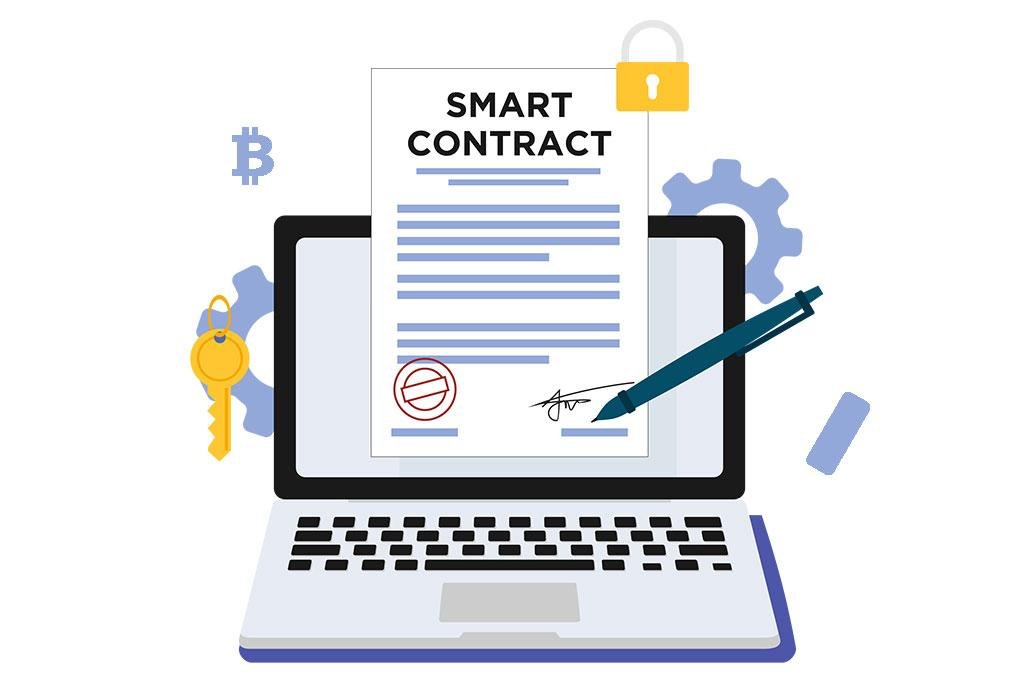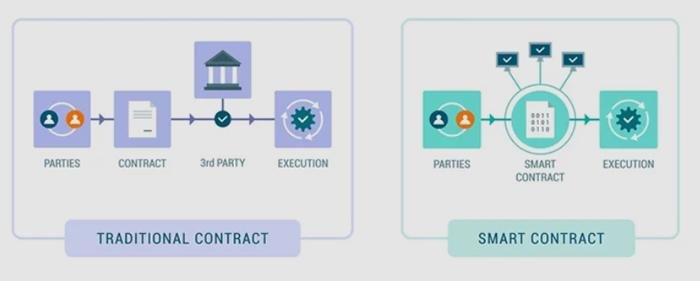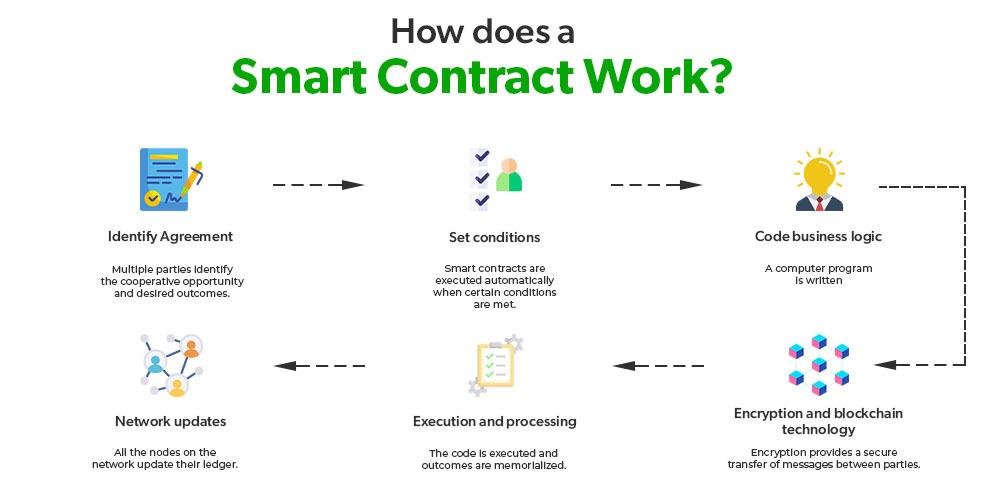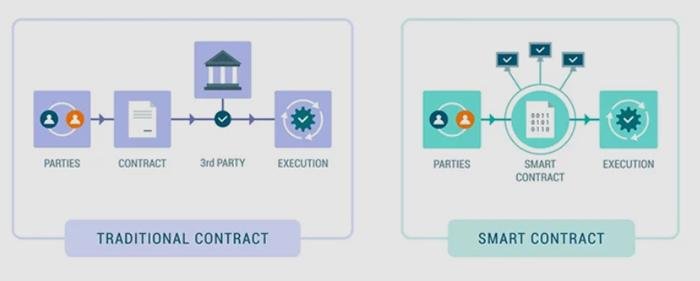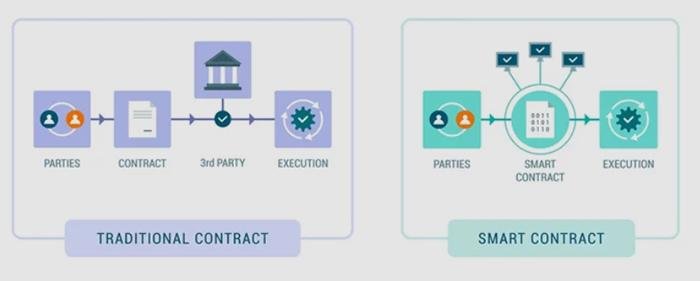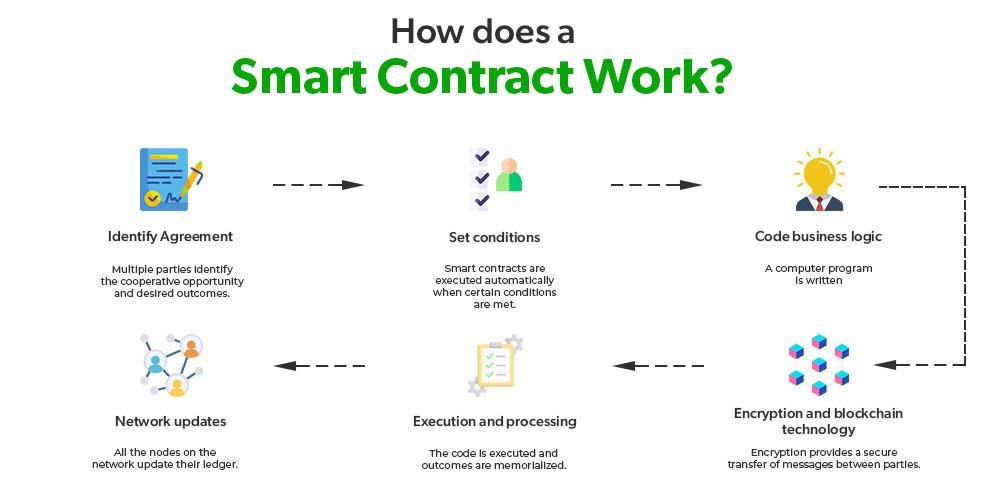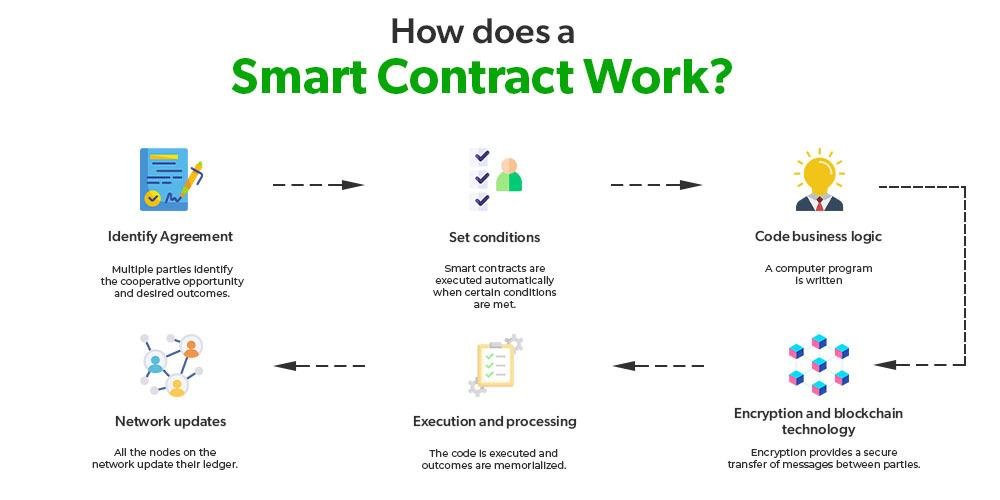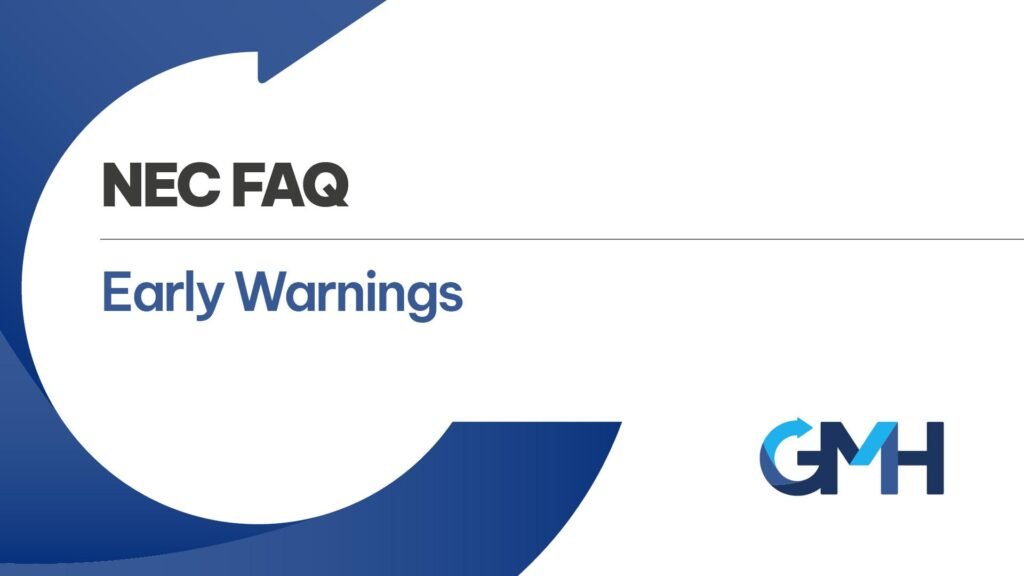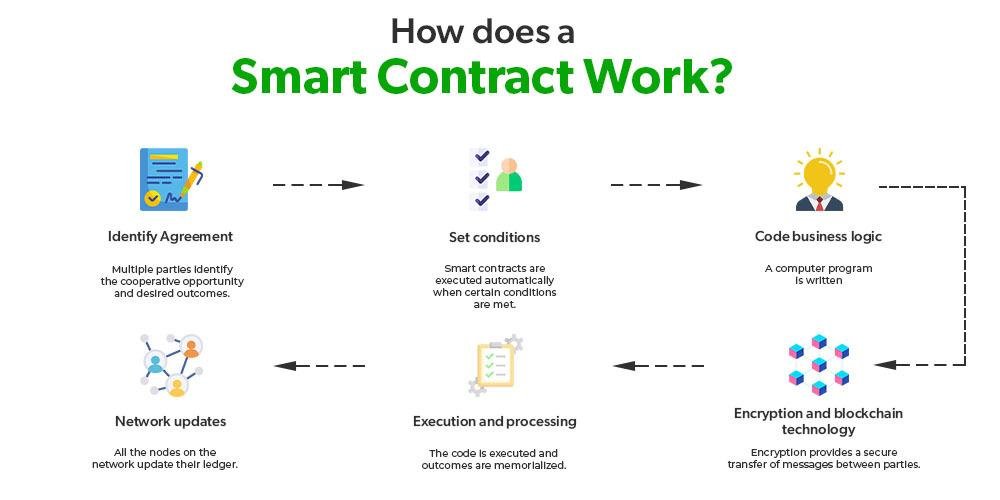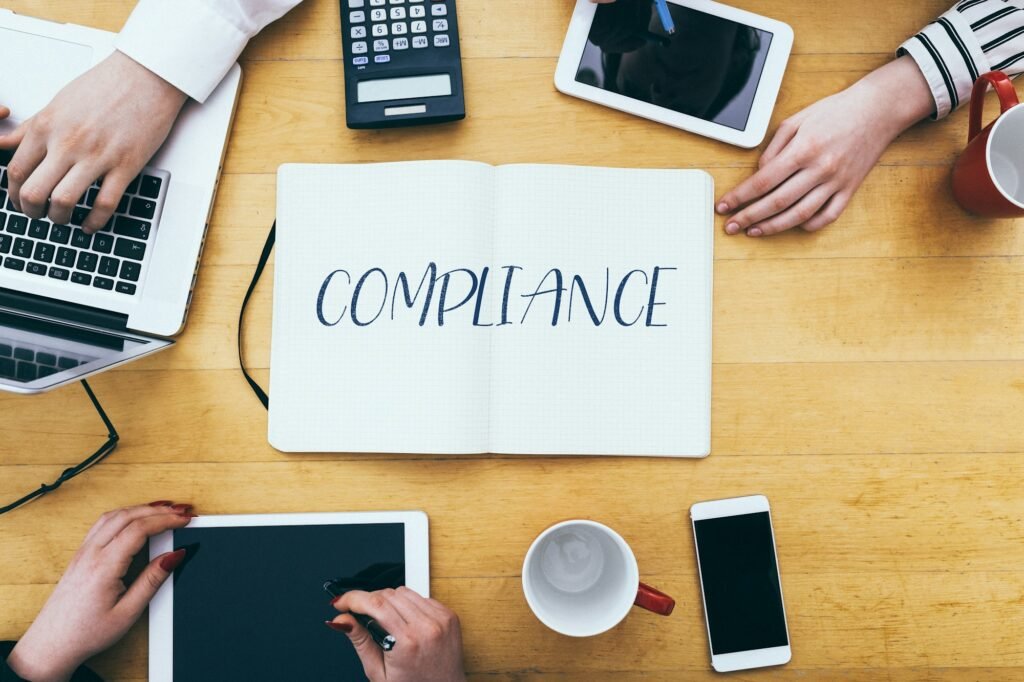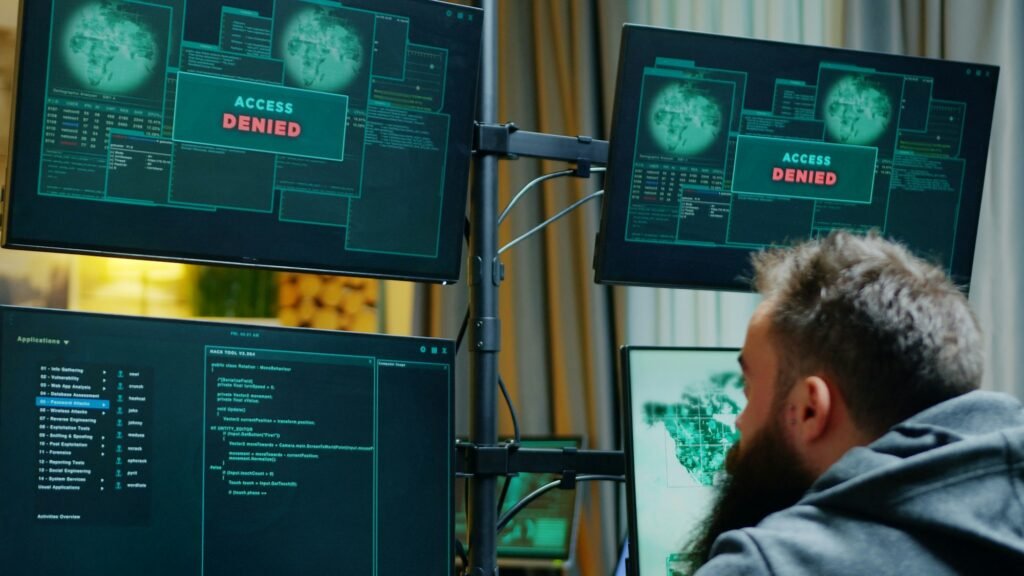Understanding the Basics of Legal Tech Compliance
Almost all business owners have, at some point, had to worry about compliance with some aspect of the law. The same is true for legal professionals, who need to keep up with rapidly changing technology and its impact on the law.
In this article, we’ll provide an overview of the basics of legal tech compliance. We’ll discuss the key concepts and principles that you need to know in order to stay compliant with the law.
What Is Legal Tech Compliance?
Legal tech compliance refers to the process of ensuring that your business is in compliance with the law as it relates to technology. This can include anything from ensuring that your website is compliant with the Americans with Disabilities Act (ADA) to making sure that your email marketing practices are in compliance with state and federal regulations.
What is Legal Tech Compliance?
What is Legal Tech Compliance?
Legal tech compliance refers to the adherence of legal technology tools and processes to applicable rules, regulations, and best practices. It involves ensuring that the use of technology in the legal field aligns with legal requirements and industry standards. Legal tech compliance helps law firms, legal departments, and legal service providers mitigate risks, maintain ethical standards, and enhance operational efficiency.
– Definition of Legal Tech Compliance:
Legal tech compliance encompasses the implementation and management of technology solutions that meet legal and regulatory obligations. It involves integrating technology into legal operations while adhering to relevant laws, such as data privacy, security, and confidentiality regulations.
– Benefits of Legal Tech Compliance:
By embracing legal tech compliance, organizations can reap numerous benefits. It promotes risk management by identifying and addressing potential compliance issues. It also enhances data protection and confidentiality, ensuring that client information remains secure. Moreover, legal tech compliance streamlines workflows, reducing manual errors and increasing efficiency.
Definition of Legal Tech Compliance
Legal tech compliance refers to the set of rules, practices, and technologies employed to ensure adherence to legal and regulatory requirements within the realm of technology usage in the legal industry. It involves the implementation of measures and processes that uphold ethical standards, maintain data privacy and security, and promote the proper use of technology tools within legal organizations.
Key characteristics of legal tech compliance encompass the identification and understanding of relevant laws and regulations, the development and implementation of comprehensive policies and procedures, and ongoing monitoring and auditing of compliance efforts. It is vital for legal professionals and organizations to navigate the intricacies of legal tech compliance to mitigate risks, protect sensitive information, and maintain trust with clients and stakeholders.
To achieve legal tech compliance, organizations must stay abreast of evolving laws and regulations that pertain to technology usage in the legal field. By doing so, they can develop and tailor internal policies and procedures that align with industry standards and best practices. This includes addressing issues such as data protection, electronic discovery, client confidentiality, and document management. Implementing robust compliance solutions, such as automated tools and software platforms, can streamline compliance tasks, improve efficiency, and reduce the likelihood of errors or oversights.
By embracing legal tech compliance, organizations can enhance their reputation and credibility, foster a culture of compliance, and create a secure and efficient environment for legal operations.
Benefits of Legal Tech Compliance
Legal tech compliance offers numerous advantages to organizations in the legal industry. By adopting and implementing robust compliance measures, firms can ensure adherence to regulatory requirements and mitigate legal risks. Here are some key benefits of legal tech compliance:
1. Enhanced Data Security: Legal tech compliance helps protect sensitive client information by implementing robust data security measures, including encryption, access controls, and regular system updates. This safeguards confidential data from breaches, ensuring client trust and maintaining the integrity of the organization.
2. Improved Efficiency and Productivity: Compliance automation tools streamline processes and workflows, reducing the time and effort required to monitor and enforce compliance. By automating routine tasks, legal professionals can focus on value-added activities, improving overall efficiency and productivity within the organization.
3. Regulatory Compliance: Legal tech compliance ensures that organizations are up to date with ever-changing regulations and requirements. By proactively staying informed and implementing necessary measures, firms can avoid costly penalties, legal disputes, and reputation damage associated with non-compliance.
4. Competitive Advantage: Organizations that prioritize legal tech compliance position themselves as trustworthy and reliable partners for clients. Demonstrating a commitment to compliance gives firms a competitive edge, as clients often seek legal services from firms with a strong compliance track record.
5. Risk Mitigation: Robust compliance measures help identify potential risks and vulnerabilities in legal operations. By implementing comprehensive policies, procedures, and controls, firms can proactively identify, assess, and manage risks, mitigating potential legal and financial consequences.
6. Improved Collaboration and Communication: Compliance tools and technologies facilitate effective collaboration and communication within legal departments and across organizations. By providing centralized access to compliance information, stakeholders can quickly and efficiently exchange information, ensuring timely decision-making and preventing any compliance gaps.
Legal Tech Compliance Process
Identifying Compliance Issues:
– Conduct a thorough assessment of your organization’s legal tech systems and processes to identify potential compliance issues.
– Review applicable laws, regulations, and industry standards to ensure your legal tech operations are in line with legal requirements.
– Consult with legal experts or compliance professionals to gain insights and guidance on specific compliance areas.
Establishing Policies and Procedures:
– Develop clear and comprehensive policies and procedures that outline the expectations and guidelines for legal tech compliance.
– Consider including specific provisions related to data protection, privacy, security measures, and ethical considerations.
– Communicate these policies and procedures effectively to all relevant stakeholders, ensuring their understanding and adherence.
Developing Solutions for Legal Tech Compliance:
– Explore automation tools and software solutions that can help streamline and enhance compliance tasks.
– Utilize technologies such as Artificial Intelligence (AI) to identify and mitigate compliance risks more efficiently.
– Integrate compliance solutions into your existing legal tech infrastructure, ensuring seamless functionality and effectiveness.
Monitoring Legal Tech Compliance:
– Establish a robust compliance monitoring system to continuously evaluate and track the effectiveness of your legal tech compliance efforts.
– Implement regular audits and reporting mechanisms to identify and address any gaps or non-compliance issues.
– Stay updated with emerging trends and changes in regulations to adapt your compliance program accordingly.
Legal Tech Compliance Best Practices:
– Foster a culture of compliance within your organization by promoting awareness and education on legal tech compliance.
– Encourage employees to report any potential compliance concerns or violations promptly.
– Leverage AI and automation technologies to proactively identify compliance risks and enhance compliance processes.
Identifying Compliance Issues
When it comes to legal tech compliance, the first step is to identify the specific compliance issues that need to be addressed. This involves a thorough assessment of the existing legal tech systems and processes within an organization. Here are some key areas to consider:
1. Regulatory requirements: Determine the relevant laws, regulations, and industry standards that apply to your organization. This could include data protection and privacy laws, financial regulations, or specific compliance requirements for the legal industry.
2. Risk assessment: Conduct a comprehensive risk assessment to identify potential areas of non-compliance. Evaluate the potential impact and likelihood of various risks to prioritize your compliance efforts.
3. Internal policies and procedures: Review your organization’s internal policies and procedures to ensure they align with legal requirements. Identify any gaps or areas that may need improvement.
4. Data management: Analyze how your organization collects, processes, stores, and shares data. Identify any potential issues related to data privacy, security, or governance.
5. Employee training and awareness: Assess the level of awareness and understanding of legal tech compliance among your employees. Determine if additional training or communication is needed to ensure compliance.
Establishing Policies and Procedures
In the world of legal tech compliance, establishing clear and effective policies and procedures is crucial. These guidelines serve as the foundation for ensuring that organizations adhere to relevant regulations and standards. Here are some key steps to consider when developing policies and procedures for legal tech compliance:
1. Define Compliance Goals: Begin by clearly outlining the goals and objectives of your compliance program. Identify the specific regulations, laws, and industry standards that your organization needs to comply with.
2. Conduct a Risk Assessment: Perform a comprehensive review of your organization’s technology systems, processes, and data handling practices to identify any potential compliance risks. This assessment will help you prioritize areas that require attention.
3. Document Policies and Procedures: Develop detailed policies and procedures that outline how your organization will maintain compliance. These documents should cover areas such as data privacy, security protocols, access controls, and employee training requirements.
4. Ensure Accessibility: Make sure that your policies and procedures are easily accessible to all employees. Consider using a centralized document management system or an intranet to ensure everyone has access to the most up-to-date versions.
5. Implement Training Programs: Provide comprehensive training programs for employees to ensure they understand their obligations and responsibilities regarding legal tech compliance. Regular training sessions will help reinforce compliance practices and keep employees informed about any updates or changes.
6. Regularly Review and Update: Compliance regulations are continuously evolving. Therefore, it is essential to review and update your policies and procedures regularly to reflect these changes. Stay informed about industry updates and new compliance requirements.
Developing Solutions for Legal Tech Compliance
In order to effectively address legal tech compliance, organizations need to develop solutions that automate compliance tasks and integrate seamlessly with existing systems. By doing so, they can streamline the compliance process and ensure adherence to regulatory requirements.
1. Automating Compliance Tasks:
Implementing technology-driven solutions can significantly reduce the time and effort involved in manual compliance tasks. This includes automating processes such as data management, risk assessments, and document control. By leveraging artificial intelligence (AI) and machine learning algorithms, organizations can identify patterns, detect anomalies, and flag potential compliance issues in real-time.
2. Integrating Compliance Solutions:
Successful legal tech compliance requires integrating compliance solutions with existing systems and workflows. This ensures that compliance measures are embedded within the organization’s day-to-day operations. Whether it’s integrating compliance software with case management systems or incorporating compliance modules into document management tools, seamless integration enhances efficiency and reduces the risk of non-compliance.
3. Enhancing Communication and Collaboration:
Effective compliance solutions involve cross-functional collaboration and open communication channels. This may include implementing collaboration tools, such as secure document sharing platforms or communication apps, to facilitate communication between legal teams, compliance officers, and other key stakeholders. By fostering collaboration, organizations can stay informed about regulatory changes and effectively address compliance-related challenges.
4. Regular Training and Education:
To stay ahead of evolving compliance regulations and best practices, organizations should invest in regular training and education programs for their employees. This includes providing comprehensive training on compliance principles, policies, and procedures. Continuous education ensures that employees understand their compliance responsibilities and are equipped with the necessary knowledge to mitigate risks effectively.
Automating Compliance Tasks
Automation plays a crucial role in ensuring efficient and effective legal tech compliance. By automating compliance tasks, organizations can streamline their processes, reduce human error, and save valuable time and resources. Here are some key aspects to consider when it comes to automating compliance tasks:
1. Identify repetitive tasks: Begin by identifying the compliance tasks that are repetitive and time-consuming. These tasks are often prime candidates for automation as they can be easily standardized and executed by software systems.
2. Implement compliance software solutions: Look for specialized compliance software solutions that can automate specific tasks such as risk assessments, document management, and reporting. These solutions can offer features like workflow automation, document templates, and real-time monitoring to ensure compliance requirements are met consistently.
3. Integrate with existing systems: Ensure that the compliance software you choose seamlessly integrates with your organization’s existing tech infrastructure. This integration allows for smooth data exchange between systems, reducing manual entry and potential errors.
4. Leverage artificial intelligence (AI): AI-powered tools can further enhance automation by analyzing large volumes of data to identify patterns and potential compliance issues. These tools can help in risk prediction, anomaly detection, and decision-making support, making compliance processes more proactive and accurate.
By automating compliance tasks, organizations can achieve greater compliance efficiency, reduce the risk of human error, and free up valuable resources for strategic initiatives. Automation also facilitates a more consistent and reliable compliance process, ensuring that regulatory requirements are met promptly.
Integrating Compliance Solutions
When it comes to legal tech compliance, integrating the right solutions is crucial for ensuring adherence to legal and regulatory requirements. Here are some key considerations when integrating compliance solutions:
1. Assess your needs: Take stock of your organization’s specific compliance requirements and identify the areas where technology can play a role in streamlining processes and reducing risk.
2. Choose the right tools: Select compliance solutions that align with your organization’s needs and goals. Look for tools that automate compliance tasks, offer real-time monitoring capabilities, and provide robust reporting functionalities.
3. Implement effective workflows: Design workflows that seamlessly integrate compliance solutions into your existing processes. This ensures that compliance tasks are undertaken efficiently and minimizes disruptions to business operations.
4. Foster collaboration: Encourage collaboration between compliance teams and other departments within your organization. By involving key stakeholders from different areas, you can ensure that compliance considerations are integrated into various aspects of the business.
5. Regularly update and maintain: Compliance requirements are dynamic and ever-evolving. It is essential to regularly update and maintain your compliance solutions to stay aligned with changing regulations and best practices.
Monitoring Legal Tech Compliance
Monitoring legal tech compliance is a crucial aspect of ensuring adherence to regulatory requirements and mitigating risks. By establishing a comprehensive compliance monitoring system, organizations can proactively identify and address any potential compliance issues. Here are some key steps involved in monitoring legal tech compliance:
1. Establishing a Compliance Monitoring System:
– Regularly review and update compliance policies and procedures to keep up with evolving legal and regulatory requirements.
– Implement a robust internal control framework to monitor compliance activities effectively.
– Assign dedicated personnel or teams responsible for overseeing compliance-related tasks and ensuring their proper execution.
2. Implementing Auditing and Reporting:
– Conduct periodic audits to assess the effectiveness of compliance measures and identify any gaps or areas that need improvement.
– Ensure the independence and objectivity of the audit process to maintain credibility and integrity.
– Generate comprehensive reports detailing the findings of audits and outlining recommended actions for remediation.
Establishing a Compliance Monitoring System
A solid compliance monitoring system is crucial for ensuring legal tech compliance within an organization. It allows businesses to proactively identify and address compliance issues, reducing the risk of legal and regulatory violations. Here are some key steps to establishing an effective compliance monitoring system:
1. Define Compliance Metrics: Start by clearly defining the metrics against which compliance will be measured. These metrics should align with industry standards and regulations. For example, you could measure adherence to specific security standards, data protection regulations, or ethical guidelines.
2. Implement Monitoring Tools: Utilize technology solutions that enable real-time monitoring of compliance activities. These tools can automatically scan systems and databases, flagging any potential violations or gaps in compliance. By leveraging automation, organizations can streamline the monitoring process, saving time and resources.
3. Conduct Regular Audits: Implement a robust auditing process to periodically review the effectiveness of the compliance monitoring system. Audits should be conducted by impartial internal or external auditors who possess the necessary expertise and independence.
4. Document and Report Findings: Document all audit findings and develop reports that clearly communicate the results. This includes highlighting areas of non-compliance and proposing corrective actions. Reports should be shared with key stakeholders, such as management, legal teams, and compliance officers.
5. Continuous Improvement: Use the monitoring system as a learning opportunity to continually improve compliance practices. Analyze the data collected during monitoring to identify trends, patterns, and areas for enhancement. Regularly update policies and procedures to reflect new regulations and industry best practices.
By establishing a robust compliance monitoring system, companies can demonstrate their commitment to legal tech compliance and mitigate the risk of legal and reputational damage. It provides transparency, accountability, and ensures that the organization remains aligned with evolving regulatory requirements.
Implementing Auditing and Reporting
Auditing and reporting play crucial roles in maintaining legal tech compliance within an organization. By implementing a robust auditing and reporting system, businesses can ensure that they are meeting their compliance obligations and identify any areas of non-compliance that require immediate attention. Here are some key aspects to consider when implementing auditing and reporting for legal tech compliance:
1. Audit Trails: Implementing an audit trail system is essential for tracking and documenting all activities related to legal tech compliance. This includes logging every action taken within the system, such as data access, modifications, and user permissions. Audit trails provide an invaluable source of information for identifying any unauthorized or suspicious activities and help in the event of an audit or legal dispute.
2. Regular Internal Audits: Conducting regular internal audits is vital to assess the effectiveness of compliance procedures and identify any gaps or weaknesses. These audits can be performed by dedicated compliance personnel or external auditors. They involve a comprehensive review of processes, documentation, and controls to ensure everything is aligned with compliance requirements.
3. Reporting Mechanisms: Establishing a reporting mechanism is crucial to encourage employees to report any possible compliance violations or concerns. This can include anonymous reporting channels, whistleblower policies, or designated compliance officers. By fostering a culture of accountability and providing avenues for reporting, organizations can quickly identify and address any compliance issues.
4. Compliance Metrics: Implementing key performance indicators (KPIs) and compliance metrics allows organizations to measure and track their legal tech compliance efforts. These metrics can include the number of incidents reported, audit findings, completion rates of mandatory training, and overall compliance performance. Regularly reviewing these metrics helps organizations assess their compliance posture and make adjustments as necessary.
Legal Tech Compliance Best Practices
Establishing a Compliance Culture:
– Foster a culture of compliance within the organization by promoting ethics, integrity, and accountability.
– Conduct regular training sessions to educate employees on compliance laws and regulations.
– Encourage open communication channels for reporting potential compliance issues or violations.
– Implement a clear and accessible code of conduct that outlines the organization’s expectations for compliance.
Leveraging AI and Automation:
– Embrace technological advancements such as artificial intelligence and automation to streamline compliance processes.
– Implement compliance management software to automate repetitive tasks, track regulatory updates, and enhance efficiency.
– Leverage AI-powered analytics tools to identify patterns and trends in compliance data, enabling proactive risk mitigation.
– Implement continuous monitoring systems that use AI algorithms to detect and prevent compliance breaches in real-time.
Establishing a Compliance Culture
A strong compliance culture is essential for organizations aiming to achieve legal tech compliance. It involves creating a mindset where adherence to regulatory requirements and ethical standards becomes ingrained within the company’s operations. Here are some key strategies to establish a compliance culture:
1. Leadership Support: Top-level management must demonstrate a commitment to compliance and set the tone for the entire organization. By leading by example and actively promoting ethical behavior and regulatory compliance, leaders can significantly influence the organization’s culture.
2. Training and Education: Providing regular training sessions on legal tech compliance ensures that employees understand their roles and responsibilities. Training should cover relevant laws, industry regulations, and internal policies specific to the organization. Investing in ongoing education will help employees remain updated with evolving compliance requirements.
3. Communication: Transparent and effective communication channels are vital for fostering a compliance culture. Organizations should encourage open discussions regarding compliance matters, such as reporting potential violations or seeking guidance on ambiguous situations. Clear communication channels promote a supportive environment in which employees feel comfortable addressing compliance concerns.
4. Compliance Policies and Procedures: Clearly documented compliance policies and procedures are essential to guide employee behavior. These documents should outline specific compliance requirements, such as data protection practices, client confidentiality, and internal controls. Policies should be easily accessible and written in a language that is understandable to everyone.
5. Regular Audits and Monitoring: Implementing regular audits and monitoring mechanisms ensures ongoing compliance throughout the organization. These measures can help identify potential compliance gaps or areas requiring improvement. By consistently monitoring compliance efforts, organizations can take proactive steps to rectify any issues and continuously improve their compliance practices.
6. Incentives and Recognition: Recognizing employees who consistently adhere to compliance standards can go a long way in promoting a compliance-focused culture. Organizations can establish incentive programs to reward employees who demonstrate a commitment to compliance and ethical behavior. These programs can boost employee morale and further reinforce the importance of regulatory compliance.
Leveraging AI and Automation
In today’s rapidly evolving legal landscape, leveraging artificial intelligence (AI) and automation has become crucial for ensuring legal tech compliance. AI and automation technologies have the potential to streamline compliance processes, mitigate risks, and enhance overall efficiency in legal operations.
1. AI-powered Compliance Solutions:
AI-powered tools can significantly simplify legal tech compliance by automating various tasks, such as data analysis, contract review, and regulatory monitoring. These solutions use sophisticated algorithms to quickly analyze vast amounts of data and flag potential compliance issues, saving time and resources for legal teams.
2. Enhanced Risk Assessment:
By leveraging AI, legal entities can easily identify and assess compliance risks. AI algorithms can monitor legal tech infrastructure, systems, and processes in real-time, providing valuable insights on potential vulnerabilities. This proactive approach enables organizations to address compliance gaps and minimize the chances of regulatory breaches.
3. Robotic Process Automation (RPA):
RPA technology automates repetitive and rule-based compliance tasks, allowing legal professionals to focus on strategic initiatives. For instance, RPA can automate data entry, report generation, and document management, reducing the risk of human error and increasing operational efficiency.
4. Continuous Monitoring and Adaptive Compliance:
AI and automation enable continuous monitoring of compliance activities by analyzing real-time data. By detecting patterns and anomalies, these technologies can identify potential compliance failures and notify relevant stakeholders promptly. Adaptive compliance systems can adapt to changing regulations and dynamically adjust compliance procedures accordingly.
5. Improved Reporting and Auditability:
AI and automation solutions ensure accurate and comprehensive reporting, simplifying audit and regulatory requirements. These technologies facilitate the generation of detailed compliance reports, providing legal professionals with transparent and auditable records, which can be useful for internal assessments and external audits.
Conclusion
It is essential for businesses of all sizes to be compliant with the myriad of legal requirements that exist today. This is especially true for businesses in the legal tech space, which is at the forefront of many new legal compliance initiatives. In this blog post, we will discuss the basics of legal tech compliance, including the legal framework that applies to this sector, the key compliance risks and how to overcome them. We will also provide an overview of the key legal compliance solutions available to businesses, and discuss the various steps that need to be taken in order to ensure compliance. We hope this blog post will help you understand the basics of legal tech compliance and help you to identify and address any potential compliance risks.



